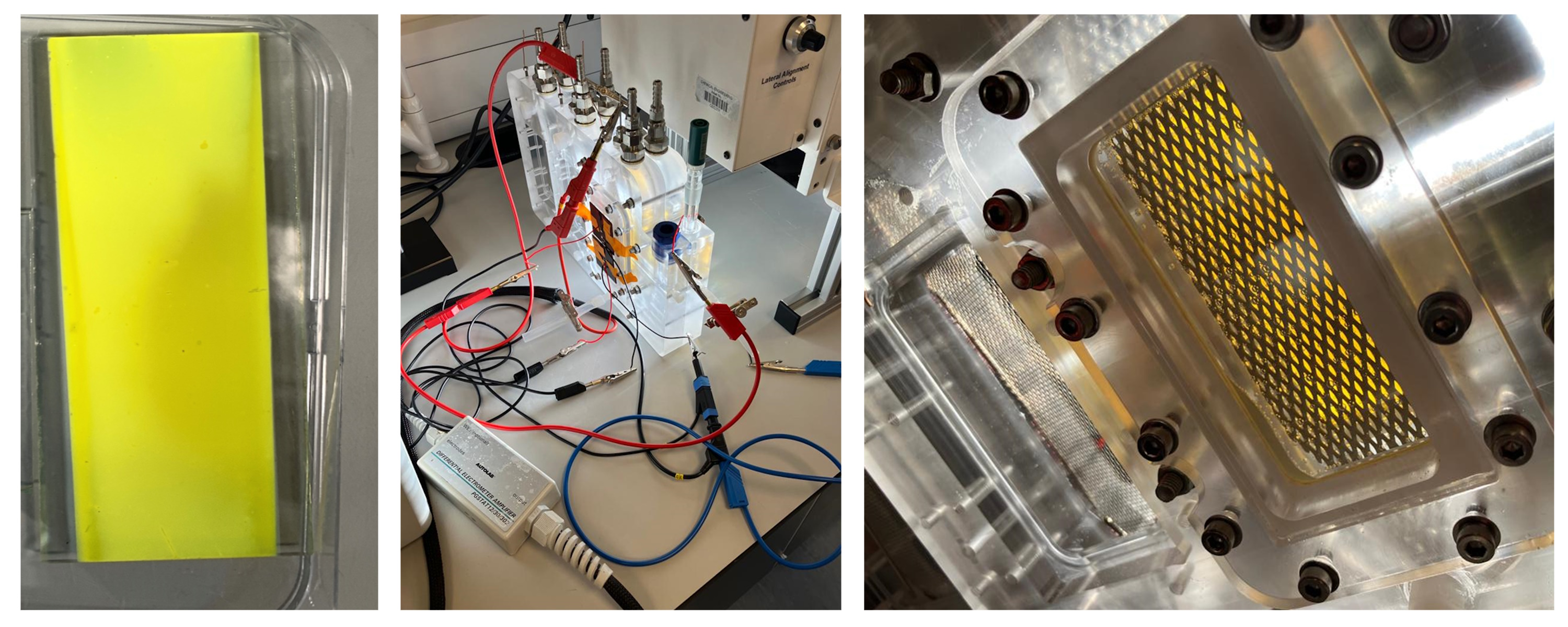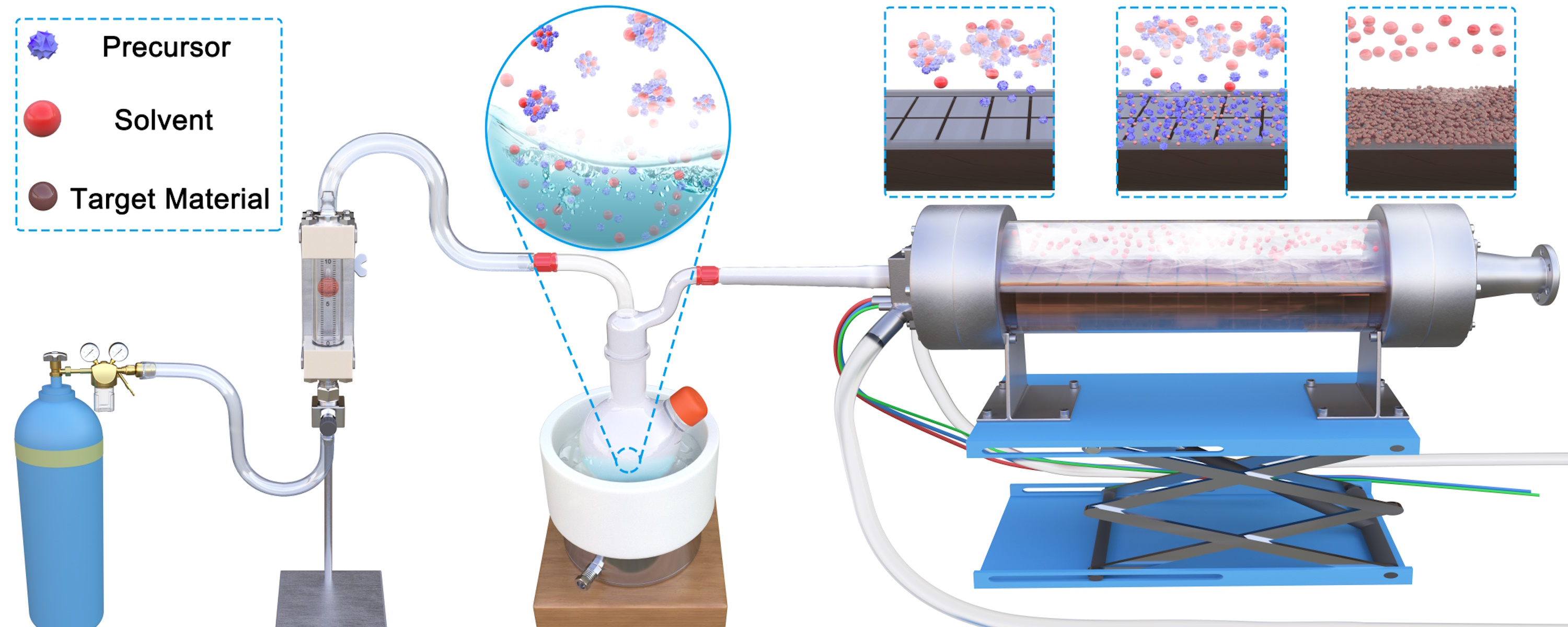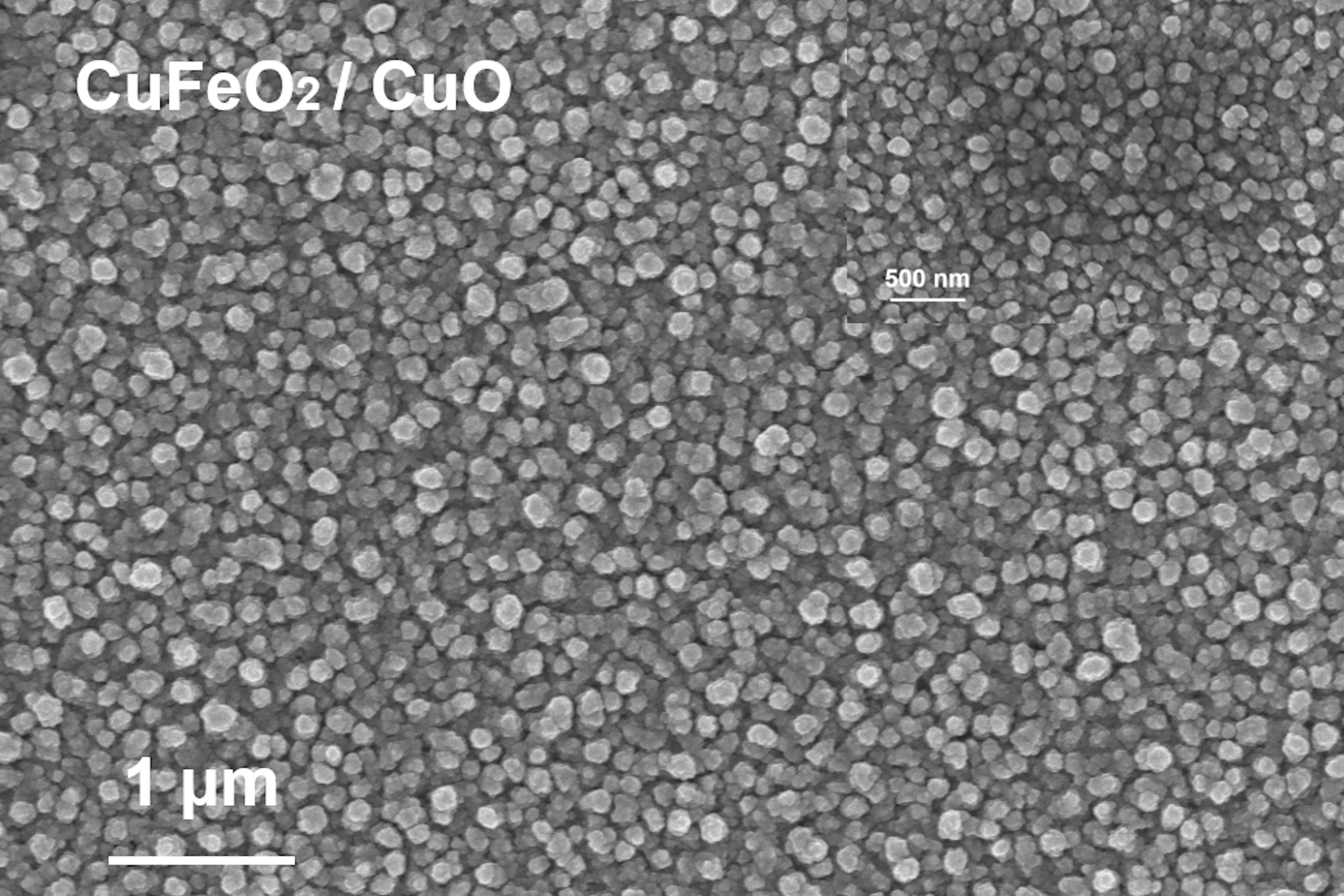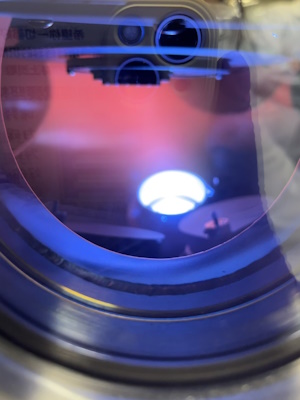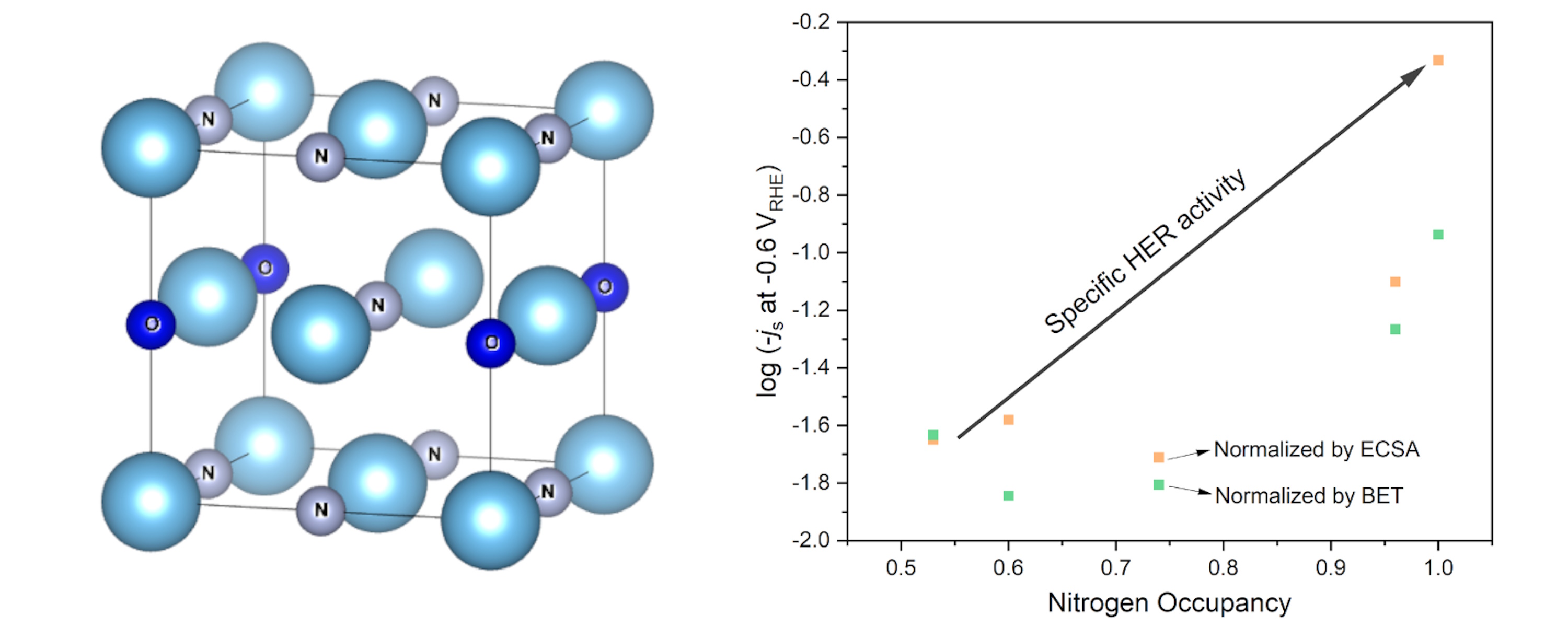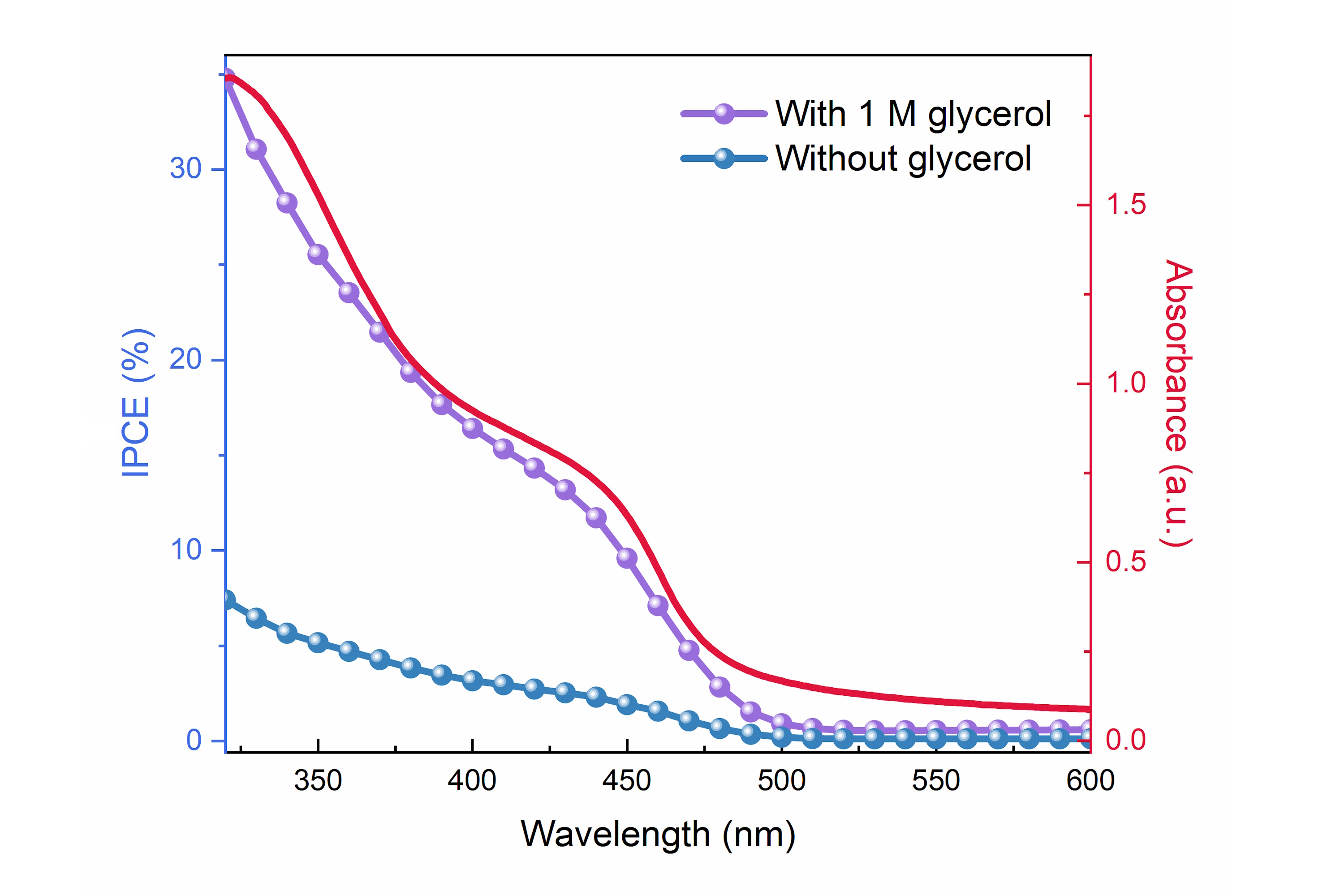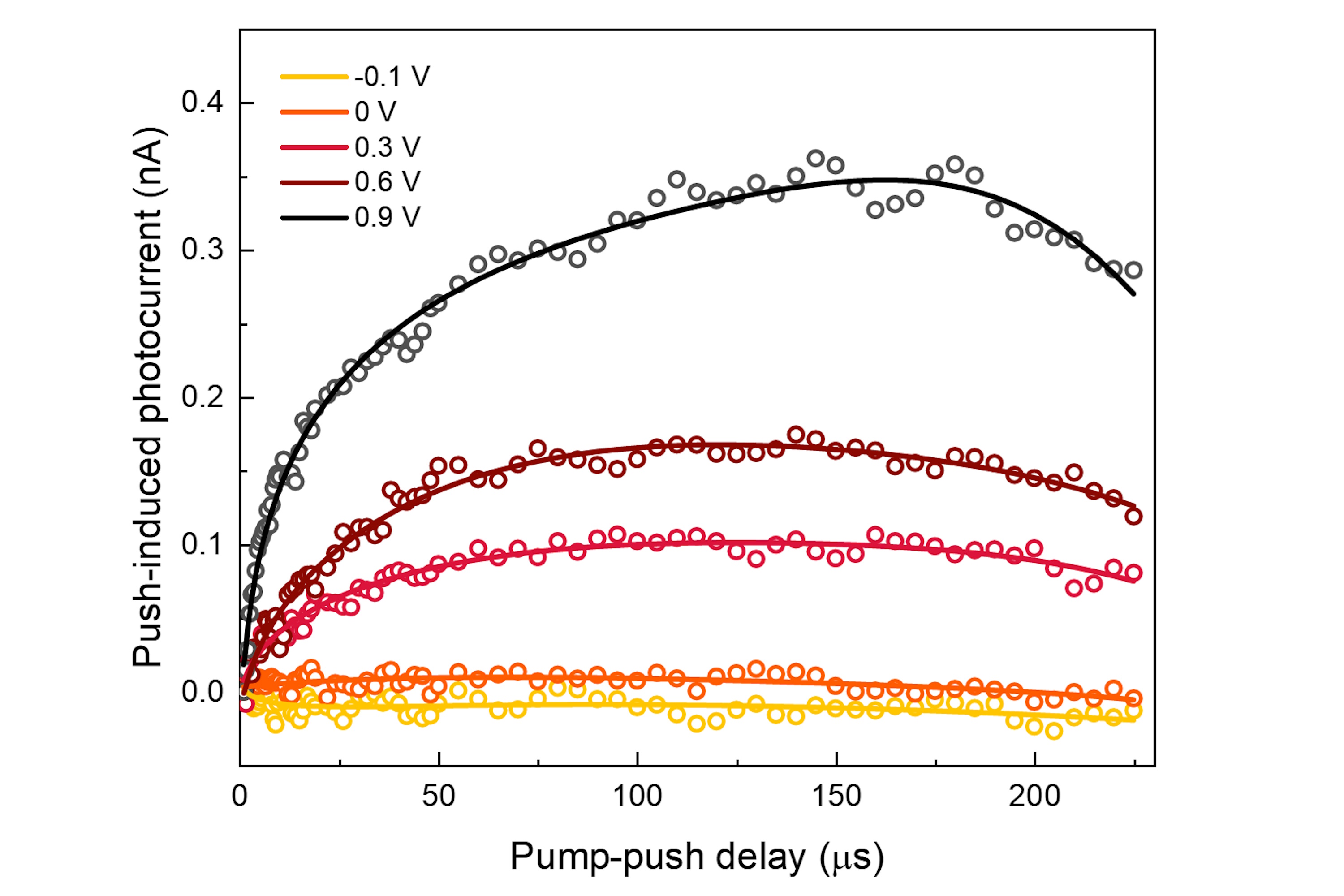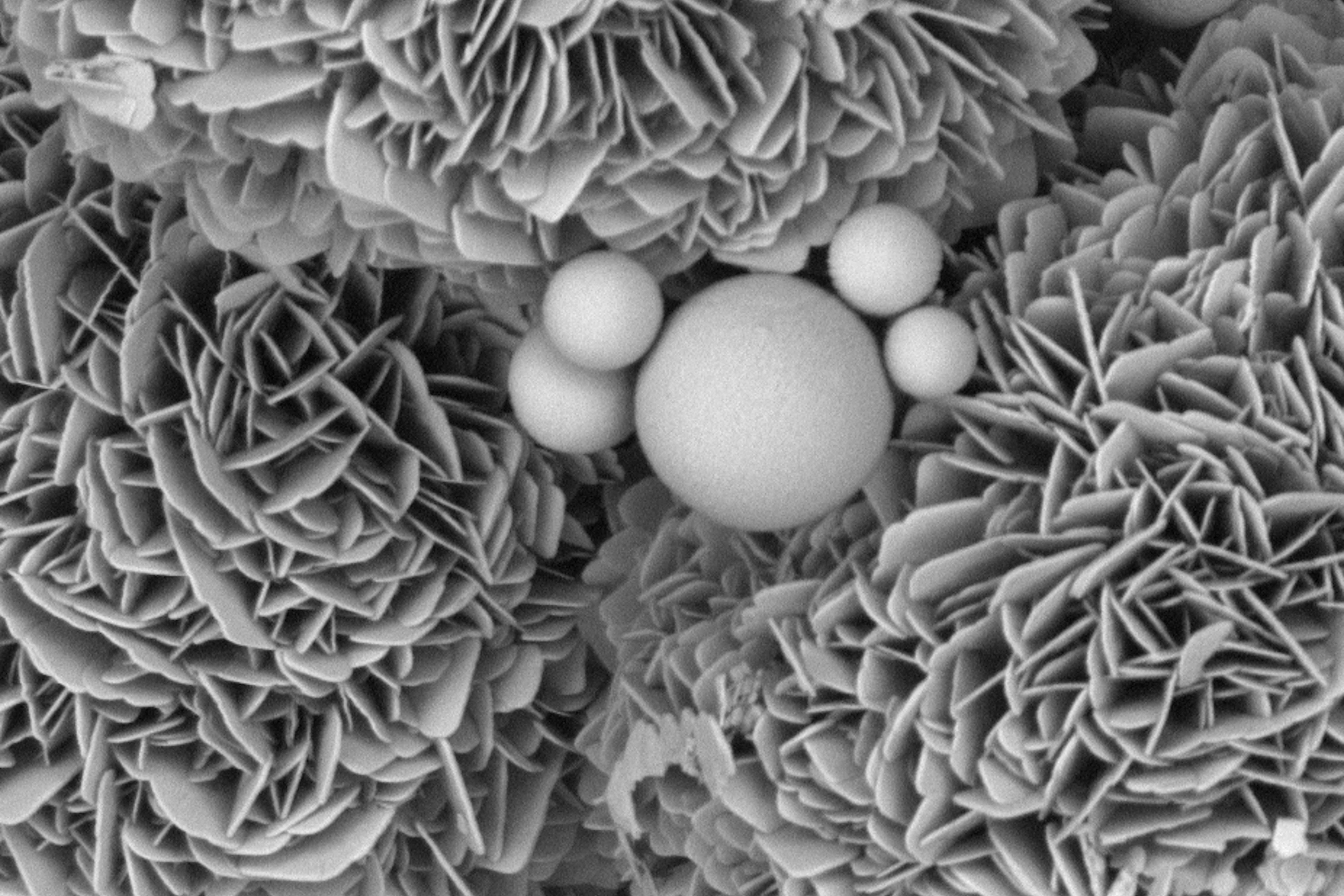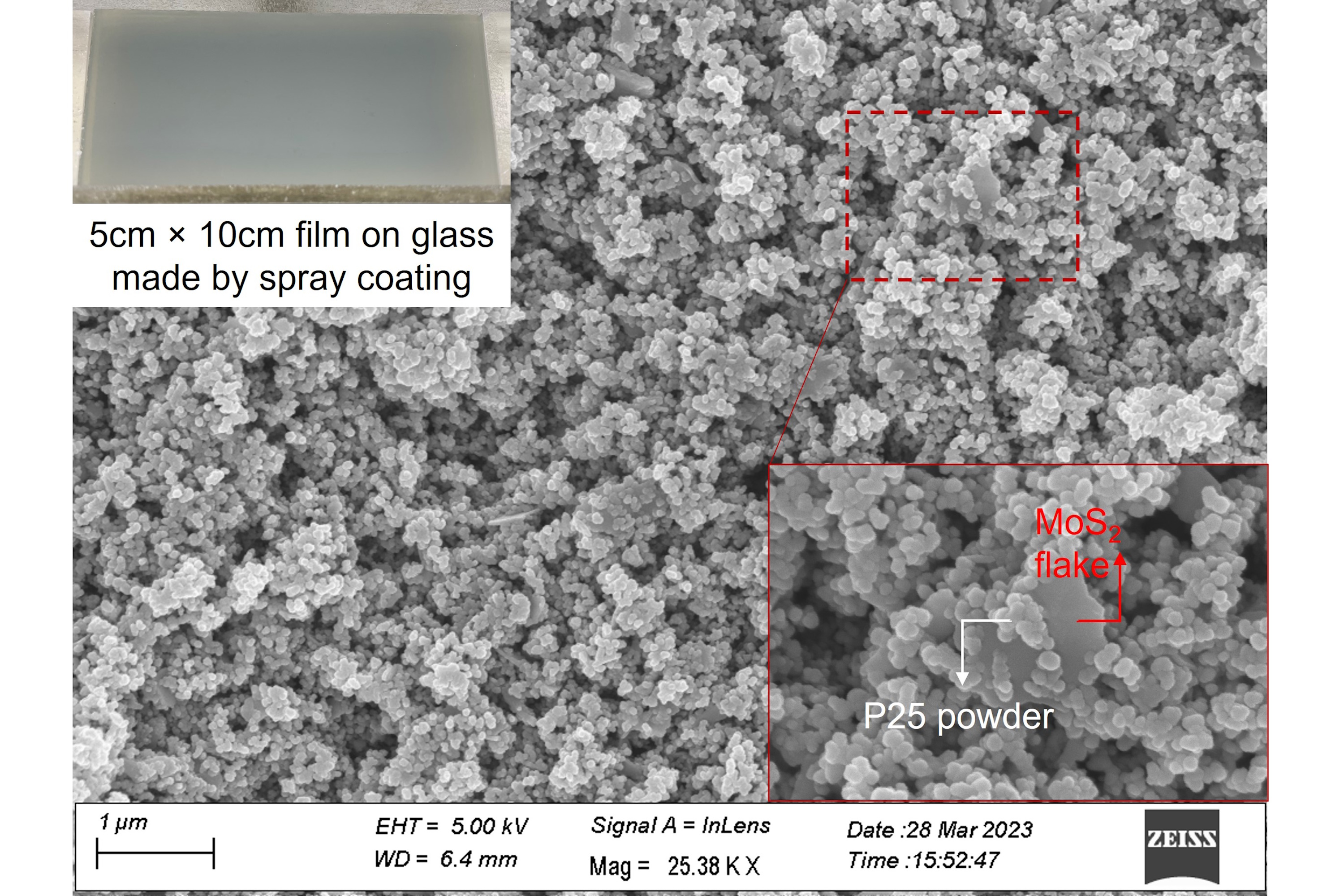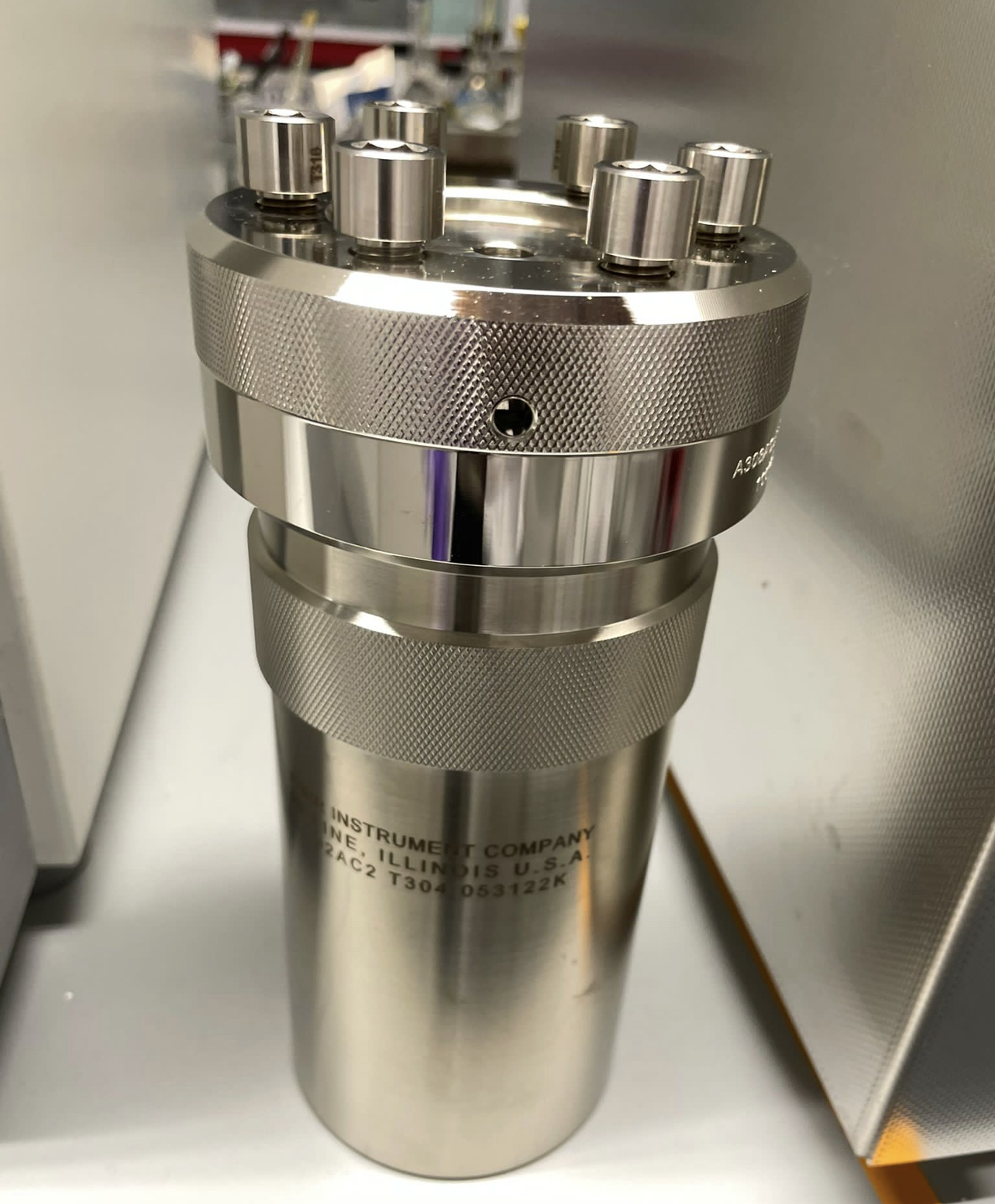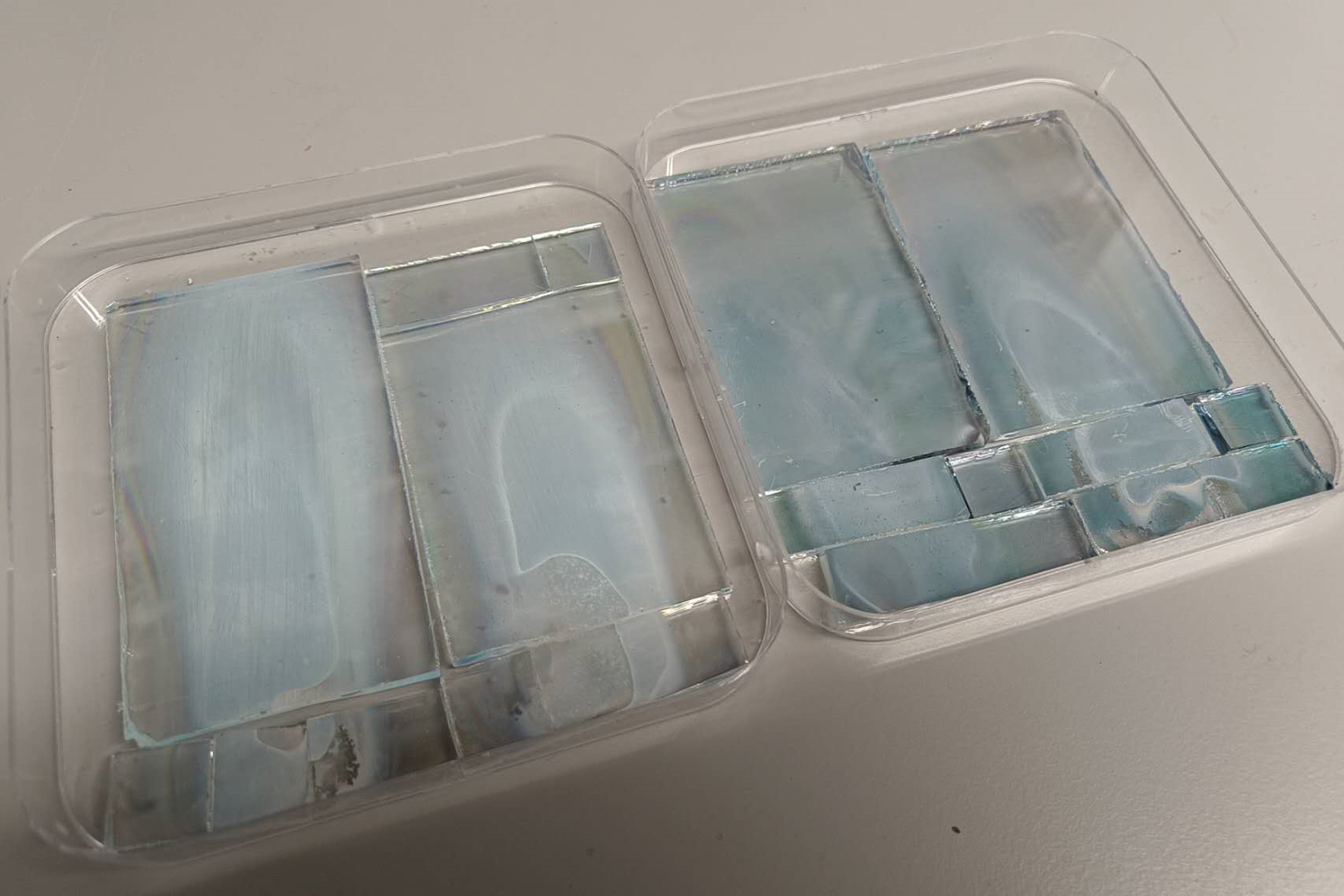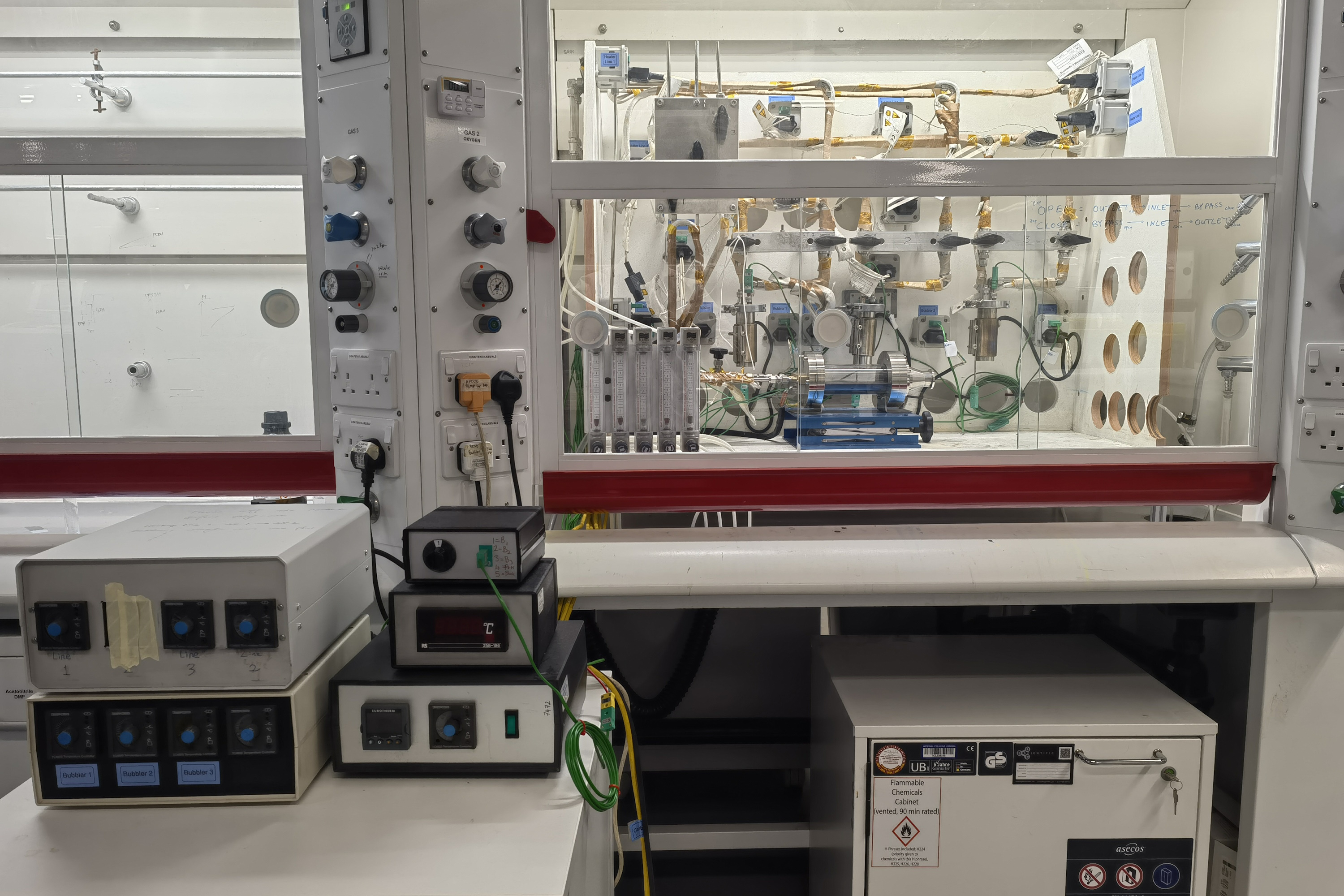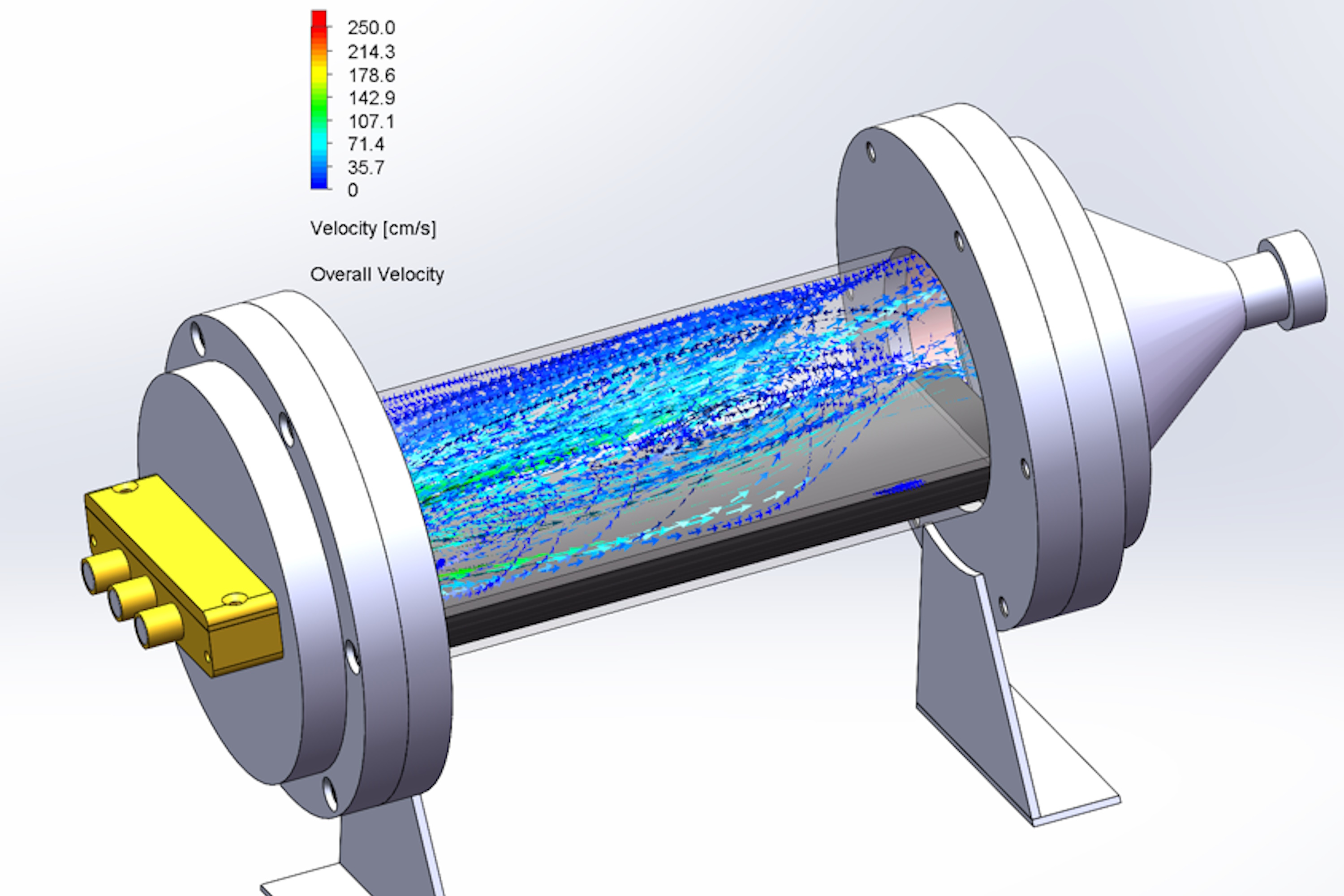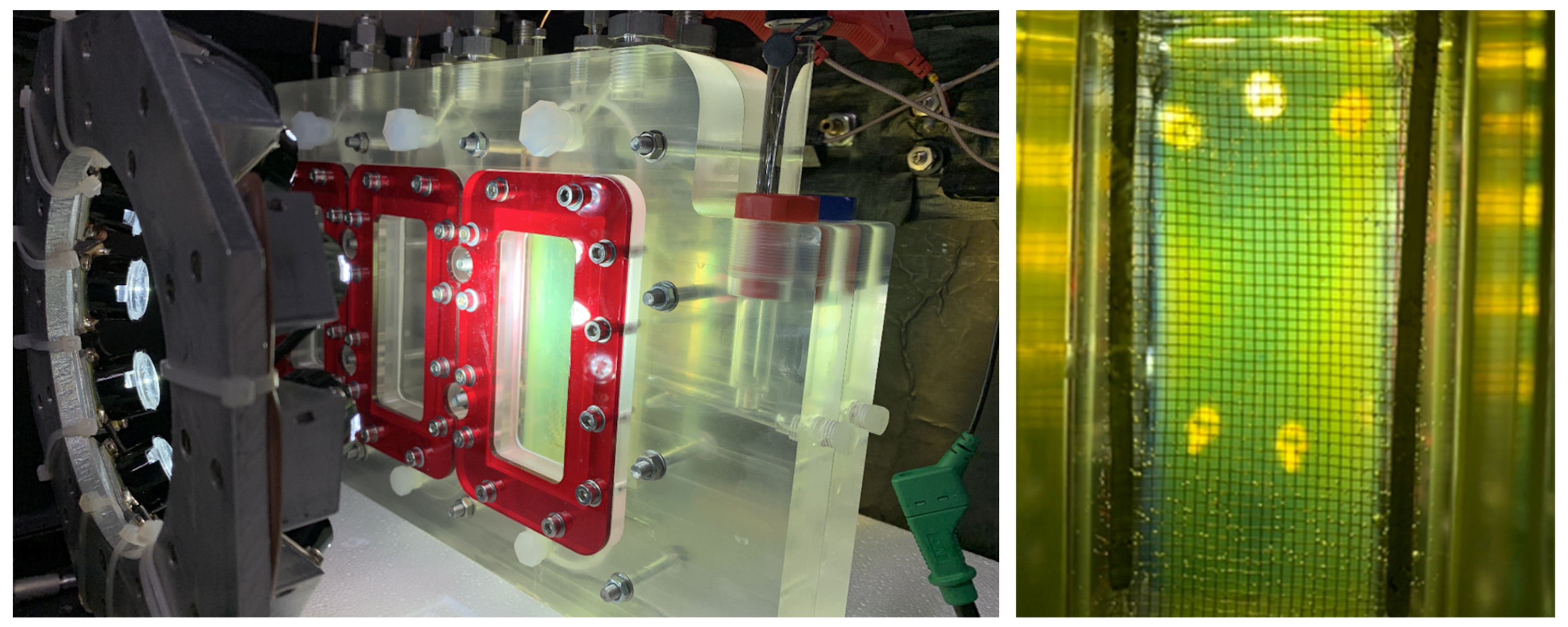The Solar Coatings Group work on a range of solar-state materials that can harvest sunlight to drive a wide range of chemical processes for solar fuels production and remediating the environment
The chemical processes studied include:
- the conversion of H2O into O2 and clean H2 fuel
- the conversion of CO2 waste streams into carbon-based products/ feedstocks (including syngas, HCOOH, CH4, etc.)
- the conversion of NOx pollution in city air into benign products (including NO3- or N2)
- the removal of heavy metal arsenic from water
- the disinfection of surfaces and contaminated water streams, removing bacteria and viruses
The Solar Coatings Group use various strategies to study, develop and prototype solid-state materials
Our strategies include:
- the use of in operando spectroscopies for the time-resolved study of reaction kinetics and mechanisms, which are used to inform the development of rational materials design strategies
- the development of scalable materials synthesis strategies and their optimisation to enhance material functionality, which includes the use of combinatorial materials synthesis, high-throughput physical and functional characterisation and machine learning methods to more rapidly identify promising materials and their optimisation
- the scale up of promising materials syntheses for the production of prototypes at scales commensurate to their desired commercial application, and the implementation of technoeconomic and life-cycle analyses to inform improved prototype design
The Solar Coatings Group collaborates with various research groups across Imperial College London, the UK and internationally to conduct cutting edge research in the use of sunlight to drive chemical conversions
Our collaborators include:
- The Durrant Group and Bakulin Group - for time-resolved spectroscopy studies of reaction kinetics and mechanisms
- The Stephens Group - for studies on the electrochemical conversion of H2O
- The Hankin Group - for the testing of large-scale (~100 cm2) photoelectrochemical prototypes
- The Nelson Group - modelling photoelectrochemical device performance
- The Walsh Group and Ganose Group - for the use of machine learning tools to identify relationships from the big data generated in our combinatorial research
- The Harrison Group - for the use of computation to study the electronic interactions found at the interfaces in our solid-state structures
- The Myers Group - for the fabrication of prototype building materials that incorporate our solid-state catalysts and use of technoeconomic and life-cycle analyses to inform improved design
- The Weiss Group - for the development and testing of photocatalytic materials for arsenic removal from polluted waters
- The Carmalt, Parkin and Blackman Groups at University College London - for the development of photoelectrodes for water splitting
- The Sotelo Vázquez Group at the Universidad Rey Juan Carlos - for disinfection testing of surfaces and contaminated water streams
- The Sathasivam Group at London South Bank University - for combinatorial studies of transparent electrode materials
- The Tittl Group at Ludwig-Maximilians-Universität München - for the development of novel plasmonic photocatalysts for energy and the environment
Ongoing research projects in the Solar Coatings Group
- CO2 Reduction - Can We Convert CO2 Into Useful Chemicals Using Sunlight? Developing Copper Iron Oxide Based Photoelectrodes For CO2 Conversion
- Electrochemical Water Splitting - Exploring Transition Metal Nitrides as Support Materials For Iridium-Based Electrocatalysts
- Electrochemical Water Splitting - Exploring Transition Metal Nitrides for Low-Cost and Stable Electrocatalysts
- Glycerol oxidation - Tracking the Charge Carrier Dynamics in Operando Metal Oxide Heterojunctions for Added Value Oxidations
- NOx Remediation - Developing Co-catalysts to Improve the Activity of Visible Light-Active Bismuth Oxybromide Photocatalysts for NOx Remediation
- NOx Remediation - Developing Composite Photocatalysts That Use Ambient Sunlight to Selectively Reduce NOx Pollution Into N2
- NOx Remediation - Using Plasmonic Metals to Improve the Activity of Self-Cleaning Windows for Remediating Air Pollution
- Water Splitting - Developing Combinatorial Synthesis and Screening Methods for Materials Discovery and Optimisation for Solar Water Splitting
- Water Splitting - Developing Solar Water Splitting Prototypes for the Low-Cost Generation of Renewable H2 Fuel
CO2 Reduction - Can We Convert CO2 Into Useful Chemicals Using Sunlight? Developing Copper Iron Oxide Based Photoelectrodes For CO2 Conversion
Electrochemical Water Splitting - Exploring Transition Metal Nitrides as Support Materials
For Iridium-Based Electrocatalysts
Electrochemical Water Splitting - Exploring Transition Metal Nitrides for Low-Cost and Stable Electrocatalysts
Glycerol oxidation - Tracking the Charge Carrier Dynamics in Operando Metal Oxide Heterojunctions for Added Value Oxidations
NOx Remediation - Developing Co-catalysts to Improve the Activity of Visible Light-Active Bismuth Oxybromide Photocatalysts for NOx Remediation
NOx Remediation - Developing Composite Photocatalysts That Use Ambient Sunlight to Selectively Reduce NOx Pollution Into N2
NOx Remediation - Using Plasmonic Metals to Improve the Activity of Self-Cleaning Windows for Remediating Air Pollution
Water Splitting - Developing Combinatorial Synthesis and Screening Methods for Materials Discovery and Optimisation for Solar Water Splitting
Water Splitting - Developing Solar Water Splitting Prototypes for the Low-Cost Generation of Renewable H2 Fuel
Contact us
Dr. Andreas Kafizas
Leader - Solar Coatings Group
e-mail: a.kafizas@imperial.ac.uk
tel: +44(0)20 7594 6752
twitter: @CoatingsSolar
